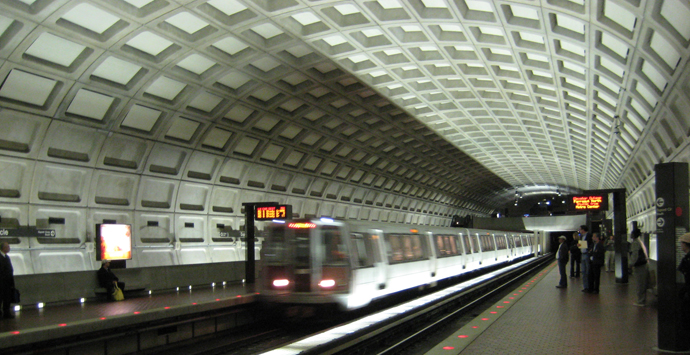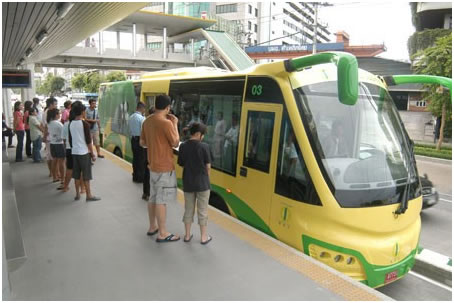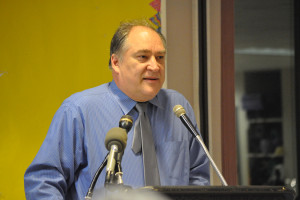The county’s proposed general plan for the next thirty years is a long document that not only takes time to read but can be hard to decode if you’re not hip to the lingo. Today, I draw out what I see as some of the positives contained in the plan.
Mixed-Use Density on Commercial Land
Thrive 2050 continues with existing practice of promoting high density mixed-use commercial and residential development in commercial districts near transit. The planned developments along Wisconsin Ave. north and south of the Bethesda Metro and west of Chevy Chase provide good examples of this type of development.
Converting current office parks into mixed-use and more pedestrian friendly areas is also a positive idea. The integration of housing into the array of office building towers near the old Marriott Headquarters just east of Montgomery Mall is one good example that should continue. It provides an opportunity to make the area more welcoming as well as to add residential units. Though served by bus, the area’s prime transportation attraction is ts proximity to both I-495 and I-270 as well as major road arteries.
Other aging commercial shopping centers provide similar opportunities. They cannot accommodate the same levels of density if they aren’t located near transit–a bus stop or two doesn’t count–but nonetheless provide good locations to add residential components while reinvigorating and better designing existing retail centers. The mostly completed Cabin John Shopping Center redevelopment provides a good example of better use and design.
Bus-Rapid Transit
Thrive 2050 give further impetus to moving forward with the bus-rapid transit network originally proposed and developed by County Executive Marc Elrich. The Flash BRT is now up and running on Colesville Rd. The advantages of BRT are manifest. Unlike traditional buses, it provides fast transit. It will enable Montgomery to develop the full lungs of a transit system separate from constantly troubled Metro.
It can be built relatively quickly and adjusted over time to accommodate unanticipated developments. Critically, BRT provides fast transit at a fraction of the cost of Metro or light rail. Consider that the unfinished Purple Line, which has now ballooned to billions more than the original cost, could have been built as a BRT line at one-half of the original cost. It would also already be up and running—like the Flash line which started being planned much later.
One key missing element that Thrive 2050 needs to incorporate is a cost-benefit analysis in terms of how to best use our transit dollars. It needs to add evaluation as a principle for infrastructure improvements. Not all transit lines, bike lanes etc. provide equal bang for the buck.
BRT also expands development opportunities by placing more locations within transit nodes. Even with tight definitions of what is walkable to a BRT line, one could develop properties to house a lot more people as well as new locally focused retail. All of this would expand transit, housing and retail opportunities far beyond those who live on pricey land near Metro. It’s smarter smart growth.
More Development in the East County
I don’t know nearly enough to say how it should be done or where it should be done but the idea of creating additional residential, commercial and retail opportunities in East County is a fine one. The Racial Equity and Social Justice (RESJ) review has raised questions about how to do this in a way that protects and enhances the interests of existing low-income residents.
That doesn’t mean, however, that the basic idea is bad. It just suggests that Thrive 2050 needs fewer gauzy good intentions and more concrete strategies to implement to achieve this end. Towards that end, the RESJ review suggests conducting more meaningful consultations, hopefully ones that listen to their concerns rather than implicitly direct people to or recruit people who will give the “right” answers.
Removing River Road as a Growth Corridor
One bizarre moment during the 2018 election was when the Greater Greater Washington blog attacked Marc Elrich in a candidate interview for not wanting to concentrate large amounts of density on River Road. Except that even the most grandiose transit plans did not envision a transit line on River Rd., so Elrich argued instead for concentrating density near existing transit in line with smart growth planning. Thrive 2050 acknowledges the sense of that approach and removes River Rd. from the Beltway through Potomac Village as a growth corridor.
It should probably be extended to the DC line. The major expansion and redevelopment at Westbard shopping center has already added significant density at the one location with major potential to combine residential and retail. It has already taxed what that area can accommodate, suggesting steering additional density elsewhere.





